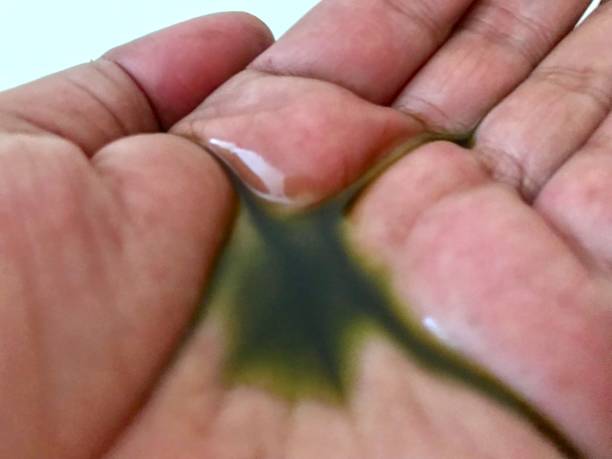Ayurvedic Therapies for Sciatica Pain Relief
Certainly! Ayurveda, the ancient holistic system of medicine from India, has been practiced for thousands of years and offers various therapies for a range of ailments, including sciatica pain. In Ayurveda, sciatica is often associated with the imbalance of the Vata dosha. Here are some Ayurvedic therapies for sciatica pain relief:
Abhyanga (Ayurvedic Oil Massage):
This therapeutic massage uses Ayurvedic Pain oils that are specific to an individual's dosha imbalance.
It can be beneficial in increasing circulation, reducing muscle stiffness, and alleviating pain.
Oils like Mahanarayan taila or Dhanvantaram taila are frequently recommended for sciatica.
Kati Basti:
This is a specialized treatment where a reservoir made of dough is placed over the lower back and filled with warm medicated oil.
The warmth of the oil can help relax the muscles, reduce pain, and improve circulation in the affected area.
Pinda Sweda (Medicated Bolus Massage):
This treatment uses a bolus of medicated herbs or grains that are warmed and used to massage the affected area.
It can be beneficial in reducing swelling, improving circulation, and alleviating pain.
Niruha Basti (Medicated Enema):
As sciatica is linked with Vata imbalance, one way to pacify Vata is through the colon.
Medicated enemas can help balance Vata and relieve sciatica pain.
Snehana (Internal Oleation):
Involves consuming medicated ghee or oils to balance the Vata internally, thus providing relief from sciatica symptoms.
Swedana (Medicated Steam Therapy):
Steam treatment using herbs known to alleviate Vata dosha can help in reducing stiffness and pain.
The patient sits in a steam chamber that lets out herbal steam, ensuring better circulation and deep-seated toxin removal.
Balancing Diet and Herbs:
Incorporating a Vata-pacifying diet can be beneficial.
There are many herbs available as pain relief tablets, supplements, or decoctions such as Ashwagandha, Guggulu, and Rasna.
Pranayama and Meditation:
Breathing exercises and meditation can help reduce stress, which is often a contributing factor to sciatica pain.
Practices like Anulom Vilom and Shavasana can be beneficial.
Lifestyle Recommendations:.
Avoiding cold and damp conditions, as well as refraining from activities that aggravate the sciatic nerve.
Adopting a routine that supports a balanced Vata.
Yoga:
Specific asanas (postures) can provide relief from sciatica pain by stretching and strengthening the back and leg muscles. Examples include Bhujangasana (Cobra Pose) and Shalabhasana (Locust Pose).
Conclusion
When considering Ayurvedic treatments, it's important to consult with a qualified Ayurvedic practitioner who can recommend the best therapies and remedies tailored to an individual's unique constitution and the nature of their sciatica. Also, combining Ayurvedic approaches with conventional treatments can provide an integrative pathway to relief.


Comments
Post a Comment